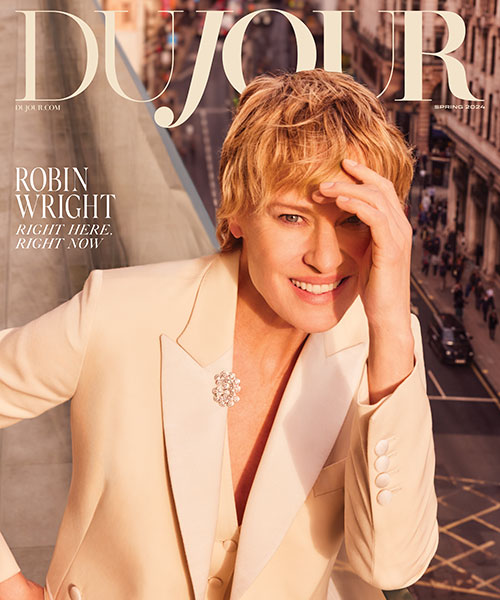Inside Elizabeth & Margaret: The Intimate World of the Windsor Sisters
A closer look at the very different, very complicated lives of Britain’s Windsor sisters: Queen Elizabeth II and the late Princess Margaret
Elizabeth & Margaret: The Intimate World of the Windsor Sisters






